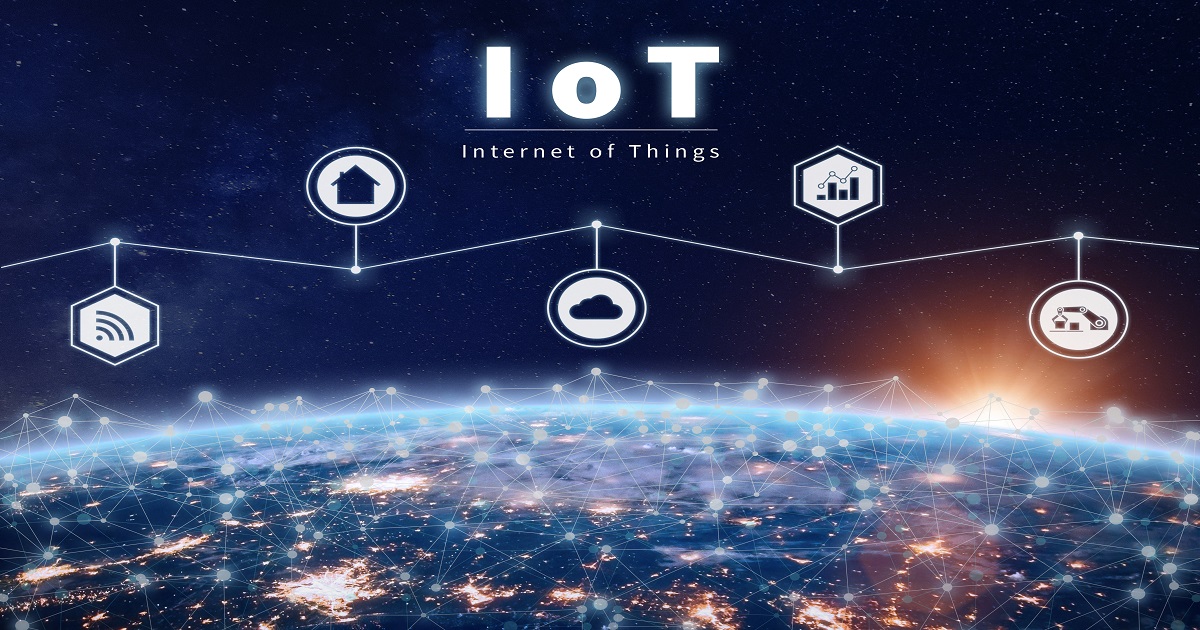The health of our environment is one of the most pressing issues that we are currently facing as a society, and the decisions we make now and in the coming years will affect the human race for many generations to come. Currently, most experts agree that we're on a destructive and unsustainable path. The use of dirty and pollutant-rich fossil fuels is the number one cause of environmental degradation, with non-renewable resources such as coal, petroleum products, and natural gas accounting for 80 percent of total energy consumption in the United States alone.
There’s Still Hope
As dire as our predicament may seem, we're more aware of these issues than ever before, and rapidly developing new technology is beginning to provide us with fresh and innovative ways to examine and begin to rectify the situation. Environmentally-friendly energy sources are becoming more accessible and affordable, and we've seen an encouraging increase in the availability and use of solar, wind, geothermal, and hydroelectric technologies.
Aside from modern methods of clean energy production, we're currently witnessing the birth of a whole new realm of technology which holds the promise of revolutionizing environmental science.
Big Data and the Environment
"Big Data" is the term applied to the aggregate total of computerized information exchange. All of the sensor data from our many online devices, ranging from smartphones to internet-connected automobiles, satellites to thermostats, exchange information and contribute to the 44 trillion gigabytes of raw data waiting to be organized and analyzed. This vast, worldwide network of interconnected devices is known as "the Internet of Things."
The potential applications for this data, once refined, are many and varied. Fields ranging from home electronics and other consumer products to nearly all branches of science can find ways to utilize all of this information.
Environmental science is one of the areas that stand to benefit the most from this wealth of raw data floating around in the cybersphere. A number of climate-related information collection and analysis systems have already been in place for many years; satellites, buoys, weather balloons, and radar systems are just a few. With the addition of this burgeoning new technology, contributions to Big Data from the Internet of Things has the potential to exponentially expand our store of environmental data.
Methods of Data Collection and Big Data Integration
Air quality sensors are widespread in the United States and across the world, and relay data on particulate matter and ozone levels to help map and forecast air pollution levels.
Passive contributions by people - "Human sensors" can be a valuable source of data, via analysis of social media posts such as Facebook and Twitter, in conjunction with meteorological data, tourism statistics, water quality reports, and coral cover, among other variables. In addition, some technologists are exploring methods of computerized analysis of photographs posted on sites such as Instagram and Flickr. Platforms such as AtScale have been developed to make this data more easily accessible to researchers.
Active contributions by people - Crowdsourced environmental data apps such as China's "Danger Maps" rely on users to actively map pollution sources such as toxic waste treatment facilities, oil refineries, and power plants. This can be a starting point for many similar concepts.
Machine to Machine Communication - Aside from data collection, communication between IoT devices can help us reduce energy consumption. One popular example is in computer-controlled home energy conservation, wherein our smartphones can detect whether we're at home or elsewhere and adjust climate controls and lighting accordingly. In addition, Machine to Machine communication can facilitate ways to optimize fuel usage in vehicles, fertilizer and water usage in agriculture, and power consumption in industrial and commercial applications, among other possibilities.
With the looming consequences of humankind's impact on the environment and the resultant climate change, we still have enough time to make a difference. With a little bit of effort, these new technologies may be harnessed to turn things around before it's too late.
Edited by
Ken Briodagh





